Modern day bathrooms are a display of luxury sanware. Stepping into the Richmond Plumbing showroom will immerse you into a world of fine fixtures and gorgeous bathroom accessories. Many Durban bathrooms have been made beautiful by Richmond Plumbing and their array of sanware options.
While modern baths come in a variety shapes, sizes, colours and price points; their predecessors have a special story of their own.
The Roman bath was considered mandatory for a certain class of people and men and women usually bathed separately and used different entrances.
As the idea of public bathing (which was better known as hammam) slowly died in the west, it began gaining popularity in the east.
The Romans were the first people to introduce the concept of the bath. Public bathing areas were created throughout their empire, covering Northern Africa and eastern Mediterranean countries. These baths were derived from an ancient Greek bathhouse design and usually featured a large central bathing facility as well as a collection of smaller rooms. These bathing house were divided into four rooms with a selection of baths at varying temperatures:
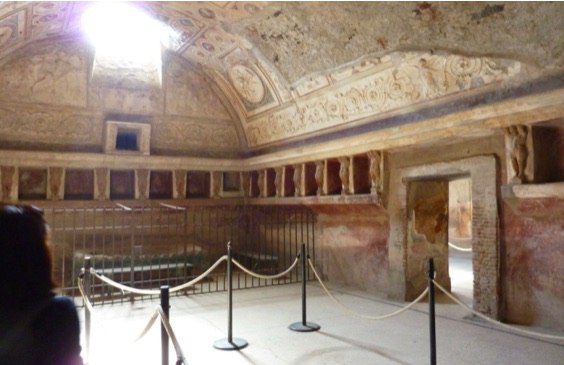
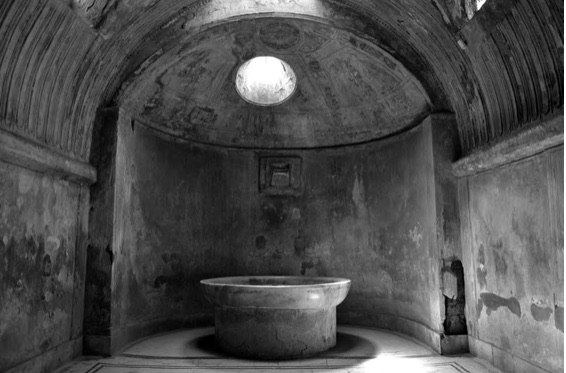
Famous remains of ancient Roman baths have been found in England, Northern Africa and the Middle East. To the Romans, bathing was a public ritual, a chance to mingle, take care of the body and rub elbows with the elite; similar to the modern golf or country club.
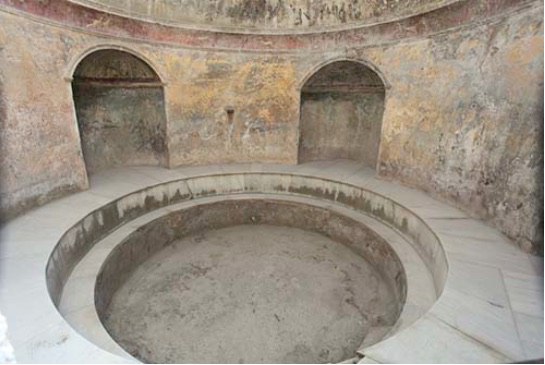
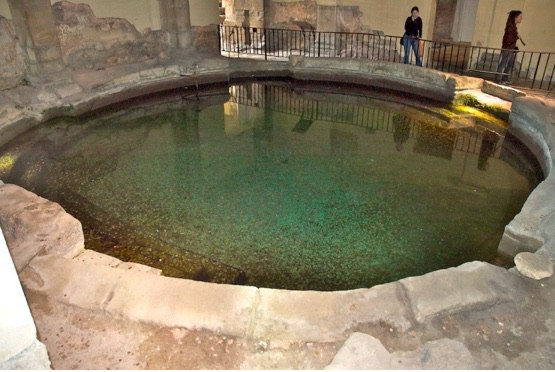
In middle Japan, it was common to see charity baths donated and constructed by the wealthy for use by the poor. Several types of therapeutic baths were used by all kinds of people. These was also very popular. This bath is in essence an early form of steam bath, whereby stone enclosures were heated and then poured over with salt water. The resulting steam and salt were thought to be therapeutic.
Yet another type of bathing was the oven bath, which was similar to a sauna and found in the mountain regions. A clay hut, identical to a large oven was heated with green branches, ashes were then raked away and a person would lie down on a mat that had been soaked in water. The sealed off steam resulted in a therapeutic sauna experience.
Public baths in the east signified a prosperous city. During the late medieval period (1095 – 1291), western travellers to the east rediscovered the public baths and introduced them back into the European culture. England in the middle ages favoured steam baths with citrus fruits and herbs, which they referred to as stews. Men and women would bathe together at these stews with women covering only their hair for decency. Social activities such as dining and grooming also took place at the stews.
Fast-forward to the end of the 16th century where we find that public bathing fell out in England. There reason for this was twofold: the baths lost popularity within polite culture as they became associated with brothels. Added to this , they also received less favour due to the sudden increase in population which made it difficult to find clean water. Many believed that exposing the body to water may contribute to early death after the waves of disease, which was known as Black death in 1347 hit the middle ages.
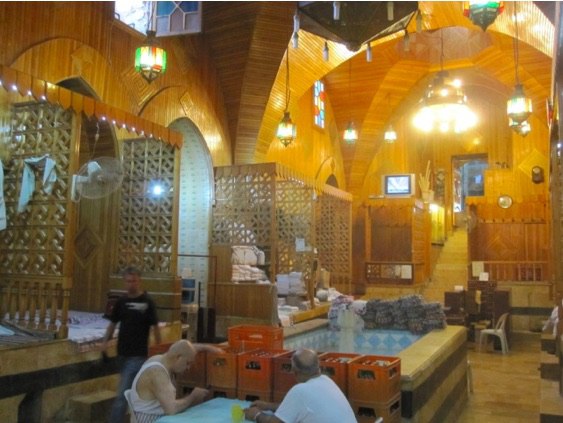
The privacy, comfort and luxury conditions which we associate with our bathrooms today took not only thousands of years to engineer, but also a lot of social change. Next time you pop into the Richmond Plumbing showroom and look at the large range of sanware remember the thousands of years of development that has gone into the concept that we now refer to as our bathroom suite.

